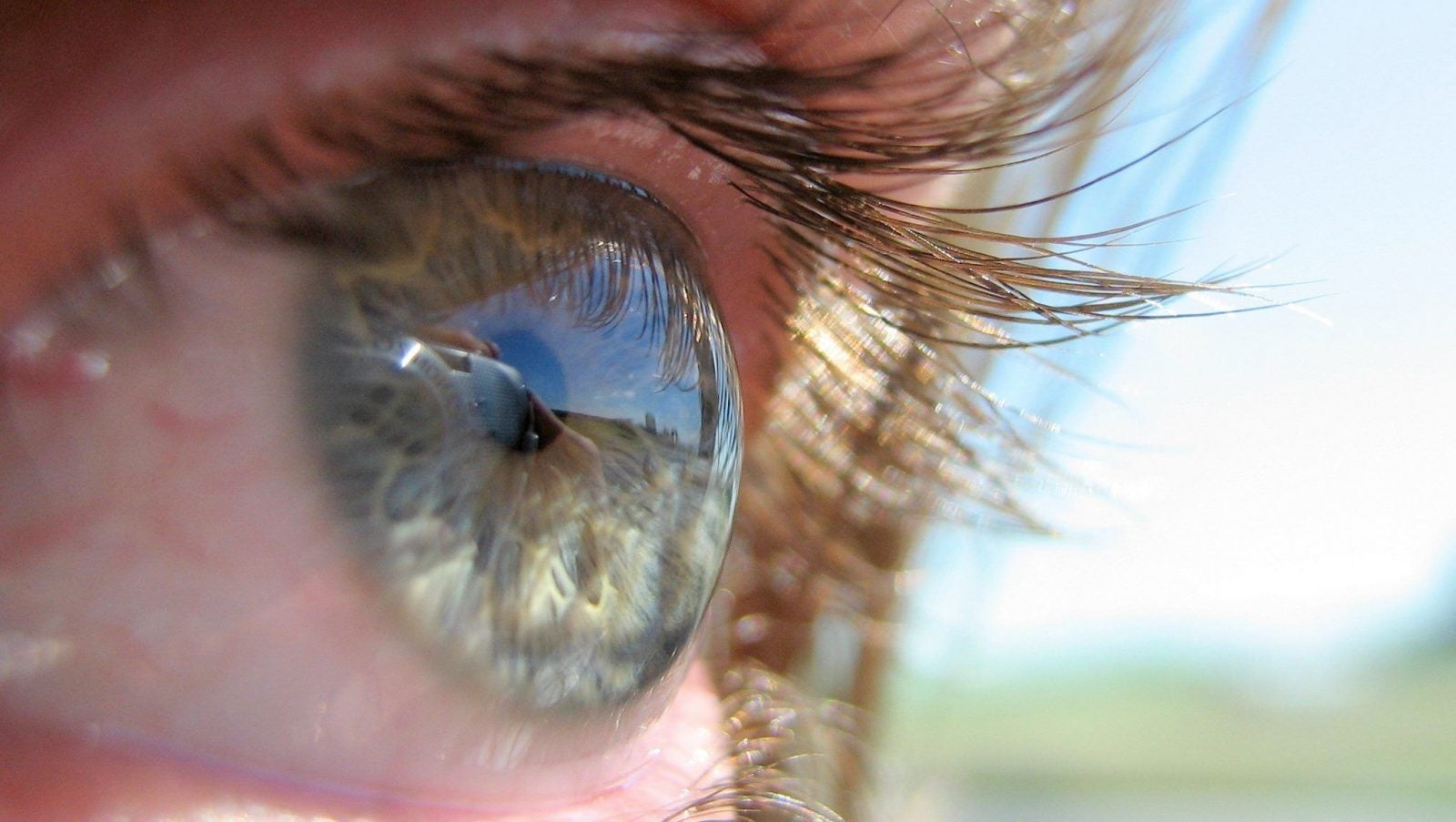Tech companies really want to put computers in your eyeballs
Samsung, Google, and Sony are filing a flurry of patents to claim your eyeballs. The race is on to stake out the prime real estate on your face and prevent competitors from getting there first. Since 2001, the three companies have filed almost 50 US patent applications related to smart contacts, ocular implants, and eye-computing devices—most of them in the last four years. Google leads the pack with 35 patents, followed by Sony (12) and Samsung (6).


Samsung, Google, and Sony are filing a flurry of patents to claim your eyeballs. The race is on to stake out the prime real estate on your face and prevent competitors from getting there first. Since 2001, the three companies have filed almost 50 US patent applications related to smart contacts, ocular implants, and eye-computing devices—most of them in the last four years. Google leads the pack with 35 patents, followed by Sony (12) and Samsung (6).
The first practical applications seem to be in health care. Verily Life Sciences, a spinoff of Google’s parent company Alphabet, is out ahead with 2016 clinical trials planned to test glucose-monitoring contact lenses for diabetics. Others are designing lenses that track eye pressure for glaucoma patients, detect cancer bio-markers, and deliver drugs.

Yet the real prize for technology companies is augmented reality: a heads-up display that projects onto our vision of the real world. The various patent applications describe devices that sit atop the eye, snap pictures, record video, search online and communicate wirelessly. Samsung’s idea for a smartphone-linked device overlays online information over a user’s field of vision in real-time. Sony envisions a ”contact lens camera” activated by deliberating blinking your eye to zoom, focus, capture, and store images. Alphabet is pushing beyond contact lens to surgical implants. A patent granted on April 28 calls for surgically removing the cornea, and replacing it with an electronic lens that captures digital media and communicates with wireless devices.
Patent applications, of course, are not commercial hardware. “Most of these are fantasy drawings of the future,” says Sung-Woo Nam, a researcher at the University of Illinois at Urbana-Champaign who is working on transparent and flexible composites that can support electronics for the eye. He says most prototypes are still too rigid and thick to work comfortably. Storing and collecting power remains cumbersome. Commercial prospects are years away, but academic researchers are pushing ahead with lenses that can already magnify vision, reveal infrared for night vision, and project IMAX-like images on the eye.
Ultimately, the devices’ biggest hurdle may be social and political opposition. Once our eyes are networked, electronic surveillance can become nearly synonymous with seeing. Google’s most recent patent, first submitted in 2014, mentions privacy concerns, stating that users “may be provided with an opportunity to control whether programs…collect user information” including medical histories, social activities and location that are transmitted to Google’s servers.
For other people captured in this flood of “user information,” there is no mention. There was a backlash to the Google Glass trial program in 2013 because bystanders no longer had a choice to step out of the camera frame. In a world of nearly invisible cameras that record and broadcast at any time, there will no longer be a frame.
This is an image taken by Sam Bald and licensed under Creative Commons.